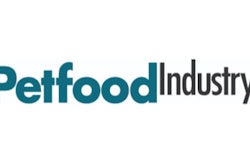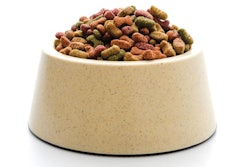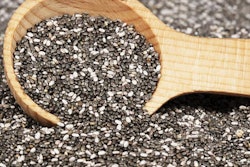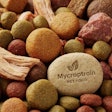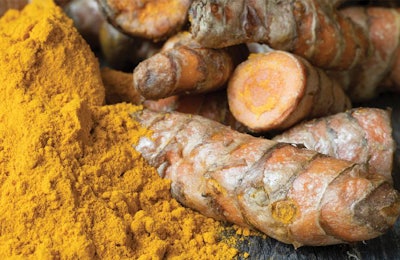
Some plants offer more than basic nutrition when used in pet food formulations. Plants such as hemp, turmeric and ashwagandha, along with other light-eaters, algae, serve as functional ingredients in both human and pet foods by aiding animals’ bodies in ways beyond calories counts and protein levels. For example, formulators used turmeric in pet food for years, but it only appeared on the ingredient panel and largely served as a natural colorant. In the past few years, turmeric moved to the front of pet food packages, as pet owners came to associate health benefit claims with turmeric such as anti-inflammatory, relief of arthritis pain, gastrointestinal disorder help, steroid replacement and allergy relief.
Register for Petfood Industry webinar on novel pet food and supplement ingredients
However, turmeric lacks documented research on its safety and efficacity in dog, cat and other pet diets beyond the levels when used as a colorant, wrote consultant and Petfood Industry columnist Greg Aldrich, Ph.D.
From “Turmeric: Ancient spice may offer osteoarthritis relief in dogs, cats”
- Turmeric is approved as a coloring additive for pet foods. The most active components are curcuminoids, including curcumin, which contains antioxidant activity.
- In some animal studies, turmeric powder has been more effective than extracts, but bioavailability of the active element can be low.
- Digestibility, palatability or other acceptability measures for pet foods have not been reported, nor has optimal dose for osteoarthritis benefit.
- Generally, pet food manufacturers are adding small amounts of turmeric as part of an antioxidant or anti-inflammatory package to imply a health benefit.
- The supply chain is the same as that for the human food ingredient and supplements market, so prices may be much higher than for standard pet food ingredients.
Novel functional pet food ingredients webinar
Learn more about turmeric, hemp, ashwagandha and algae during the Petfood Industry webinar, “New and novel pet food and supplement ingredients: critical things you should know.”
In this webinar, Greg Aldrich, Ph.D., Pet Food Ingredient Technology, and Bill Bookout, National Animal Supplement Council, will discuss some of the new and novel ingredient profiles showing up in pet food formulations. This will include the regulatory implications of using these new and novel ingredients. Novel Ingredients like Turmeric, Algal DHA, Hemp and Ashwagandha are showing up in pet foods and pet treats. While they are approved for use in some diets, the label definitions require better knowledge and understanding of the regulatory considerations.
The webinar will cover how to:
- Understand uses for new and novel ingredients,
- Review the approval pathways for non-approved ingredients uses in pet food,
- Learn more about specific ingredient profiles that are beginning to appear in formulations and
- Understand how to label these ingredients for pet food and pet supplements to meet regulatory requirements along with labeling claims.



